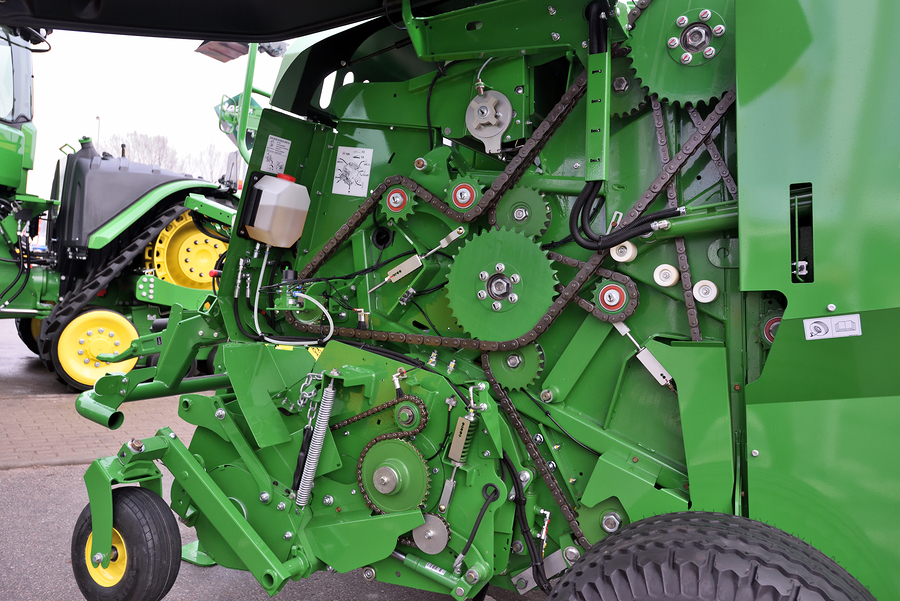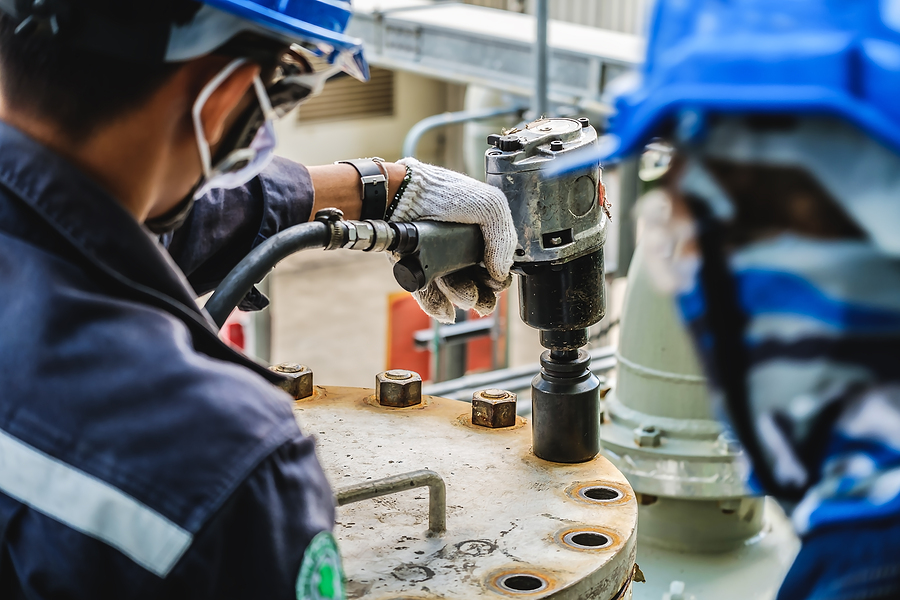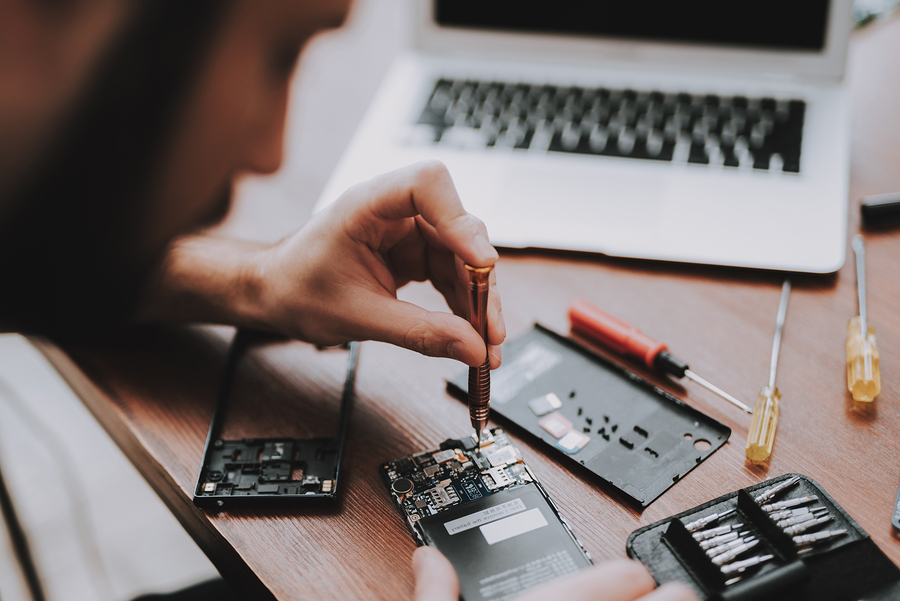A lot of buzz surrounds the “Right to Repair” on the consumer side of the economy and, for the most part, it has remained a consumer issue. However, that could change very quickly thanks to the Right to Repair movement in the agricultural sector. Lately, speculation has turned toward the manufacturing industry where machinery and equipment repairs are more than commonplace: They’re part of the cost of doing business.
What is the “Right to Repair”?
To understand how the Right to Repair movement may soon affect the manufacturing industry, it’s important to track its progress in automotive and consumer electronics markets.
The movement itself dates back to legislation passed in 2012. Massachusetts allowed vehicle owners to get parts and schematics for do-it-yourself auto repairs — independent from manufacturers. This led to a national agreement with automotive manufacturers and laid the groundwork for consumers’ Right to Repair.
More recently, consumer focus shifted to the right to repair electronics such as laptops, smartphones, and other tech devices. Right to Repair movement objectives focus on allowing citizens access to parts and schematics that force competition in an aftermarket repair realm or allow savvy device owners to conduct their own repairs.

Looking toward the manufacturing industry
In 2018, the Right to Repair movement again extended beyond consumers. Earlier this year, farmers began lobbying for the right to repair their agricultural machinery. Industry response has been swift with members of the Association of Equipment Manufacturers (AEM) and the Equipment Dealers Association (EDA) coming to a similar agreement as those in the automotive industry.
The next natural foray for the Right to Repair movement will likely be into the manufacturing industry. Within this sector, numerous specialized machines from brand-name manufacturers require original equipment manufacturer (OEM)-trained or in-house maintenance experts to perform constant upkeep and potentially frequent repairs.
Stacking up the pros and cons of open access
With these needs, a Right to Repair movement within the manufacturing industry would be different from other industries for many reasons. First is the sheer complexity of the machinery involved, which may have electrical, mechanical, hydraulic, or pneumatic elements to consider — and each repair requires different experience.
Also of concern is the need to precisely calibrate machinery against OEM specifications. Repairs not meeting these standards can make the machinery dangerous or could be considered modifications by OEMs, resulting in everything from voided warranties to legal implications. Even more problems abound from the inability to truly understand the form and function of a piece of machinery at the same level as an OEM-trained technician.
On the other hand, the pros of open access to information and tools offering the Right to Repair are largely cost-based. Manufacturers could train in-house repair professionals in equipment from multiple OEMs — or hire third parties for OEM-certified repairs for a much lower cost. The door also opens for a competitive aftermarket parts economy that could make OEM-grade components available at discounted prices.
However, all of this results in trouble for equipment manufacturers who may no longer make top-dollar on their repair services or sell as many new machines due to the repair economy.

The future of industrial machine repairs
While the Right to Repair hasn’t yet hit the manufacturing sector, for many following the movement, it’s a matter of when. The democratization of consumer products and agricultural equipment have seen popular arguments for a more open repair landscape. How long until industrial machinery becomes part of it?
Many manufacturers are looking to get ahead of the curve. Concepts like subscription-based repair services and discounted parts could be happy mediums, appeasing both Right-to-Repair advocates and OEM-trained repair professionals.
The goal in offering these alternatives to completely open repairs follows a simple concept: maintaining the integrity of equipment without penalizing owners for seeking service. Could this motif survive the industrial Right to Repair movement? Only the future will tell.
